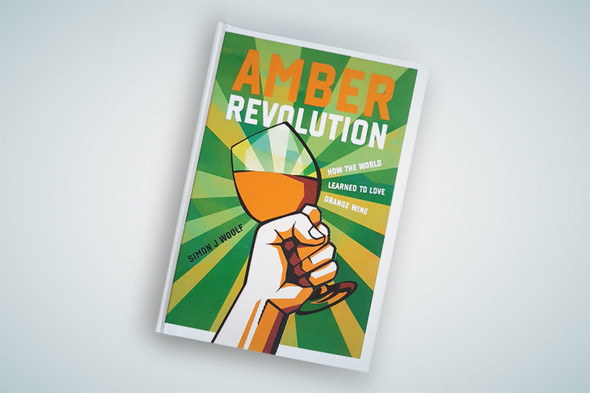Morning Claret Productions - €35
Simon Woolf, orange wine expert and award-winning writer, takes us on a journey through the history of three winemaking regions where the style was made historically and is now experiencing a renaissance – Friuli Collio, Slovenia and Georgia.
Beautifully illustrated with photos from Ryan Opaz, the book is a thoughtful study of the often maligned and frequently misunderstood style of skin-macerated white wine, i.e. white wine made like red wine, and its modern struggle to be accepted. Orange, or amber, wine is made by macerating white grapes on their skins for varying periods to develop, complexity, unusual flavours and aromas and an orange colour.
Woolf’s moment of revelation came in northern Italy where he first tasted orange wine in a dark cellar. Since then, he’s fallen under its spell and become its ambassador, even challenging Hugh Johnson, one of the style’s nay-sayers, to taste orange wines with him.
Woolf documents the movement of mainly Slovene and Italian families in readopting this macerated style and the resurrection of the ancient qvevri tradition from Georgia. Written in an engaging and humorous style weaving history, anecdotes, culture and stories with useful facts, he introduces us to some of the main players in the movement, such as Gravner and Radikon in Friuli, Kristančič in Slovenia, and Glonti and Bitarishvili in Georgia. He provides a comprehensive background of history and winemaking in the three regions and shows the links between Georgia and the Slovenes, Italians and their neighbours. All politically volatile parts of the world, which suffered from war, division and communist oppression, he posits that orange wine could be seen as a fight to reclaim identity. Interestingly, in the 19th century in parts of Austgro-Hungary, it was common to ferment white grapes with their skins to stabilise the wines.

Woolf also takes us through how it’s produced, including two amusing episodes in making orange wine himself in Portugal and the Netherlands, gives an overview of popular varieties for the style, discusses some common challenges and faults, and offers some food pairing ideas.
He recommends around 180 producers from around 20 countries. The focus is on the hotspot regions, but producers from CEE countries, such as Austria, Bosnia, Croatia, Czech Republic, Poland and Slovenia are included.
Both a fascinating read and useful guide to producers.






